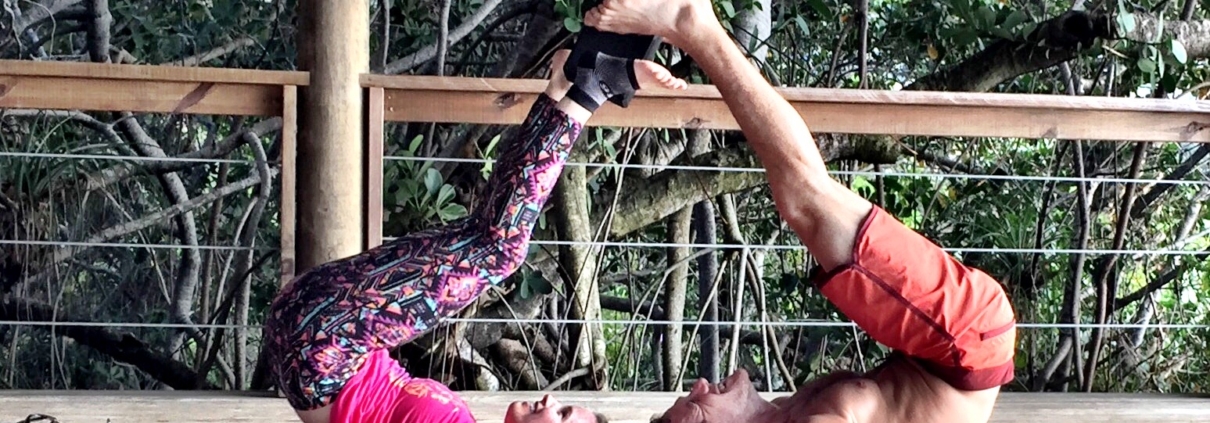The Yamas
The Yamas are the first of the 8 limbs of yoga. They concern our relationship with self and others. Practicing the first limb of yoga, the Yamas expands our practice beyond the mat. Below you will see the 5 Yamas and ideas for practicing each one. Also, you may want to try a yoga class and learn more about the Yamas, Here.
1 AHIMSA – (1st Yama) Non-violence, non-harming, compassion and love
Ways to Practice Ahimsa
- Take time every day for self-care. When we feel good about ourselves, we can better communicate and extend love and compassion to others.
- On the mat, practice heart openers like camel pose (ustrasana), locust pose (shalabasana), and bow pose (dhanurasana). Try my heart-opening class here.
- Repeat daily the Buddhist loving-kindness meditation. May I (we) be happy, may I (we) be free from pain and suffering, may I (we) be peaceful and full of bliss. (Join me in practice here)
- On your mat, do you practice in a way that is non-harming for your body, or do you let ego come into play?
- Have a daily meditation practice. By committing to daily meditation, you will learn to be less reactive. If someone wrongs you, you will more likely remain calm, peaceful, and less reactive.
2 SATYA – (2nd Yama) Truthfulness- meaning not only truthfulness to others but also ourselves. Satya is about honoring the truth of our highest life principles, values, virtues, and ideals.
Ways to Practice Satya
- Ask yourself – and journal and answer the following questions
- Did I do activities today that were untruthful to my virtues and values? Did I do them solely out of obligation?
- Am I living my truth through my work?
- Am I living a life that is true to my highest ideals and the truth of who I am?
- Are my relationships with my friends and partners, husband or wife, true to my life ideals?
- Repeat the mantra – “I follow and speak my truth. I listen to the truth of others.”
- On the mat, practice throat openers like puppy dog pose (anahatasana) and fish pose ( matsyasana).
- The next time someone wrongs you, compassionately speak your word.
3 ASTEYA – (3rd Yama) Non-stealing (this goes much beyond stealing someone’s possession)
Ways to Practice Asteya
- The next time you have a conversation with someone, notice if you “stole” the conversation or if you permitted the other person to speak.
- On your mat, stay inward in your own practice without wanting to covet what someone next to you can do. Remind yourself that yoga is about the journey and not the goal.
- Journal and answer the following questions
- Do you respect other people’s time, or do you steal it from them?
- In your mind, do you covet what others have?
- Do you steal ideas, or do you give credit where it is due?
4 BRAHMCHARIA – (4th Yama) Non-excess, self-control of both actions and thoughts. (Literally translates to celibacy) Appropriate use of one’s vital energy.
Ways to Practice Brahmacharia
- Take note in your life where there is excess – for example, too much work, food, shopping, sex, or alcohol. By meditating every day, (including yoga as a moving meditation), you can begin to break these excess habits.
- On your mat, where are you using up too much energy by over-efforting? Engage the naval center in and up, aiding in conserving energy—practice peace-within physically and mentally with challenging poses.
- Practice tai chi or tai chi yoga and notice how you conserve your energy.
- Journal the following questions-
- Am I a workaholic? Do I need a better balance in my life?
- Do I spend too much time shopping and spending and buying things that I do not really need?
- Do I eat an excess of food, or am I mindful of what I put in my body?
5 APARIGRAHA – (5th Yama) Non-hoarding, non- grasping, non-possessiveness. (letting go of things, or thoughts and ideas)
Ways to Practice Aparigraha
- Seasonally clean through your stuff. Read the following book https://amzn.to/3b8Xi66.
- Practice pranayama techniques with longer exhales. What are you holding onto emotionally? Use these longer exhales to release negative emotions.
- When shopping ask yourself the question, “Do I really need this?”
- Meditate and reflect on where you have collected unnecessary things, and even people. Where have you collected negative thoughts like gossip and ideas you need to release?
- Journal and ask yourself the following questions-
- Do I obsessively collect things? If I were to lose them, would I be OK without them?
- Do I collect friends just because my ego comes into play, or do I have a few close friends that share the same ideals as myself?
- Do I hold onto emotions that are not serving me?
- If you are holding onto difficult emotions and you deeply need to release and let go, try The Rise of the Phoenix on the Insight Timer App.
In summary,
If we take time to meditate every day, whether that be a moving meditation or seated meditation, we will gradually begin to work on the Yamas. We will practice ahimsa and become more compassionate people. We will follow Satya, our truth in every aspect of our life. We will practice asteya and not steal from ourselves or others. We will learn how to conserve our energy (brahmacharya) both on the mat and in life, and we will learn to live with less (aparigraha) and become more minimalistic.






I enjoy the efforts you have put in this, appreciate it for all the great content. Avery Ramelb
Hello, just wanted to mention, I liked this blog post. Simon Devenney
Thank you for the compliment and for sharing your feelings about your own dad. Danilo Robinette
Whoah this blog is excellent i like reading your posts. Damien Cobert